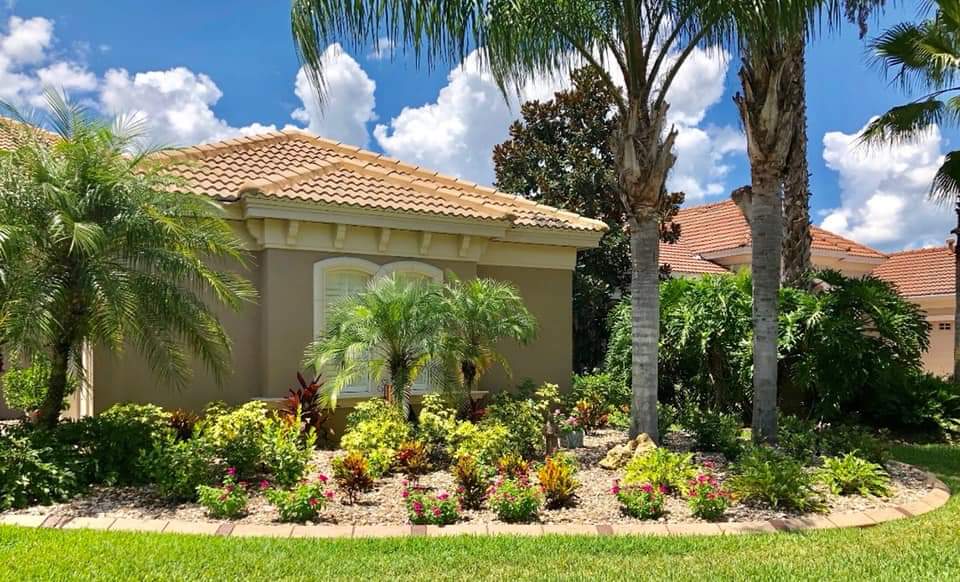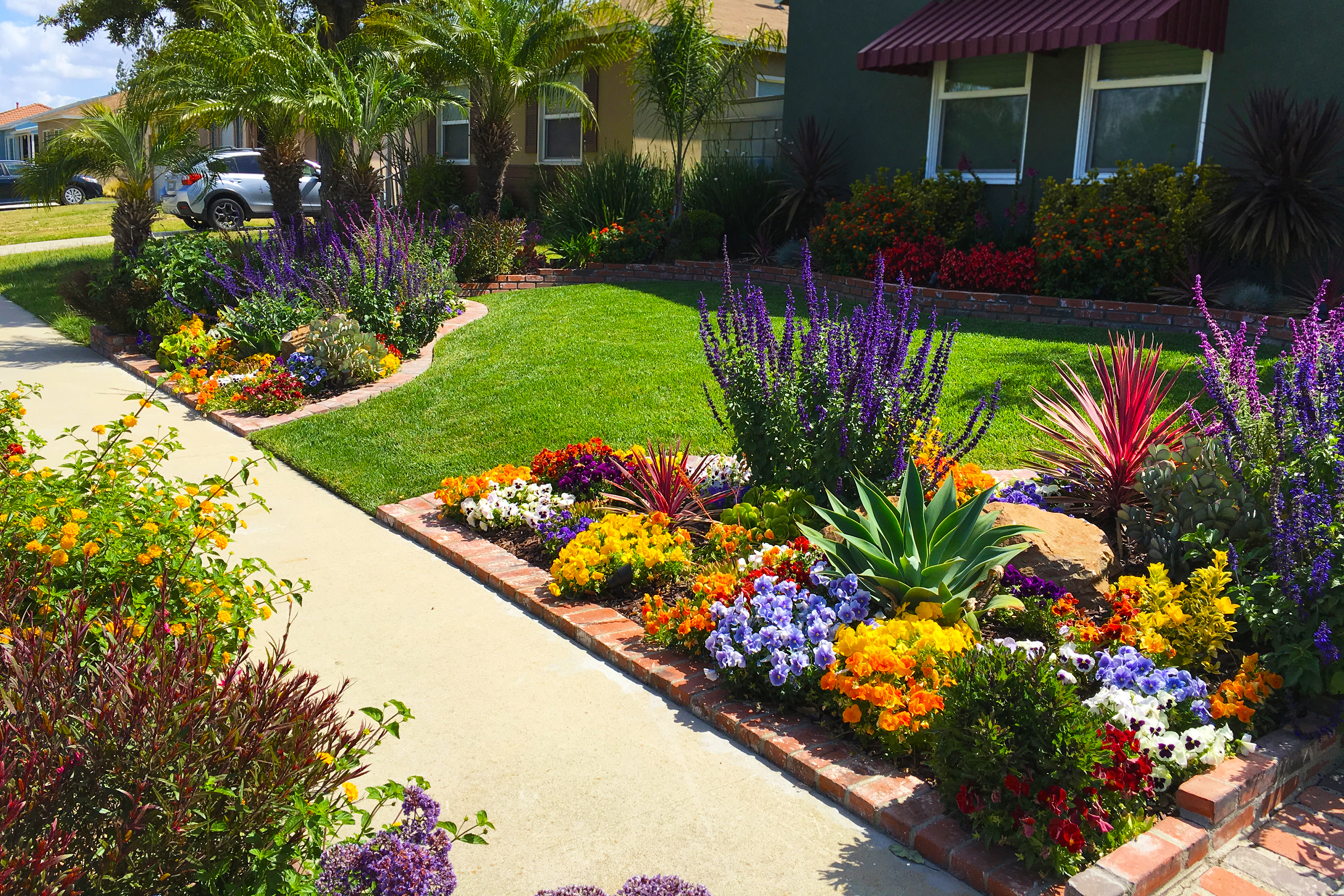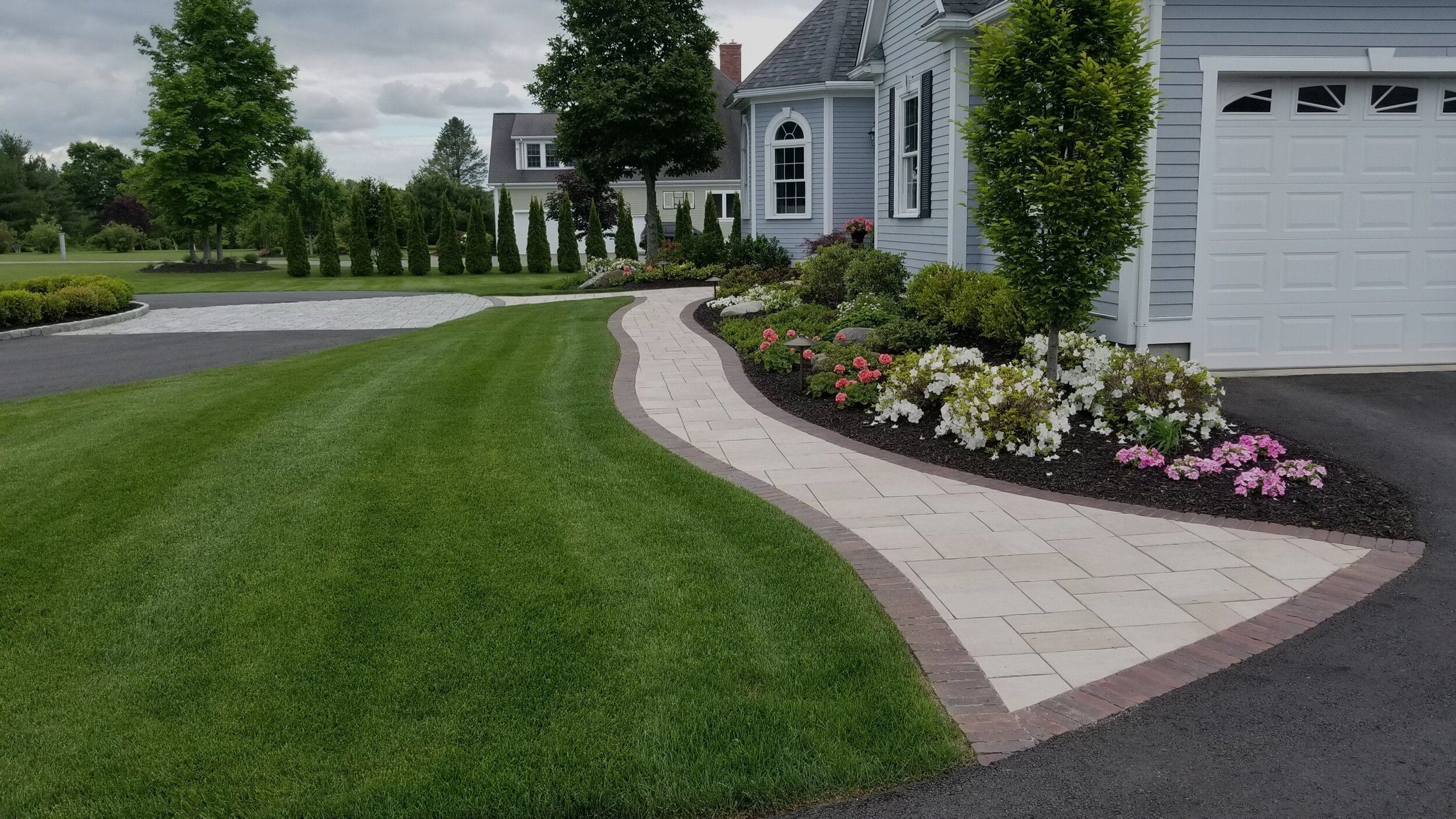Why Picking the Right Palm Desert Landscaping Service Matters
Why Picking the Right Palm Desert Landscaping Service Matters
Blog Article
A Comprehensive Guide to Designing and Implementing Effective Landscape Design Solutions
The art and science of landscape design extend past mere appearances; they include a thoughtful assimilation of design concepts, environmental stewardship, and practical application. What strategies can one utilize to ensure these landscapes not only grow but likewise grow in harmony with their environments?

Recognizing Landscape Style Principles
One could wonder what fundamental aspects add to reliable landscape style. At its core, successful landscape design depends upon a number of key concepts that direct the setup and choice of components within an area. These concepts include unity, percentage, balance, and rhythm, each serving to produce a harmonious outside setting.
Unity refers to the natural relationship amongst various elements, ensuring that they interact visually and functionally. Equilibrium can be achieved via symmetrical or unbalanced setups, enabling the landscape to really feel secure and inviting. Percentage entails understanding the range of components in regard to each various other and the surrounding setting, promoting visual consistency and convenience.

Analyzing Your Outdoor Space
Before applying the principles of landscape design, a detailed assessment of your outdoor area is crucial. This initial assessment assists define the scope of your landscape design task and guarantees that your layout lines up with the distinct attributes of your property. Begin by examining the dimensions of your area, taking accurate measurements to recognize the available area for various elements such as gardens, patios, and pathways.
Next, observe the existing features of your landscape, including topography, dirt quality, and water drainage patterns. These factors significantly influence plant choice and positioning. Additionally, evaluate the sunlight exposure throughout various areas throughout the day, as this will impact the kinds of plants that thrive in your garden.
Think about the microclimates produced by frameworks, trees, and various other obstacles, as they can affect temperature and wetness degrees. Lastly, bear in mind of any existing plants or hardscape elements that you wish to keep or remove. This thorough examination prepares for a efficient and knowledgeable landscaping solution, guaranteeing that your layout is not only aesthetically pleasing yet also useful and lasting for many years ahead.
Sustainable Landscape Design Methods
Integrating sustainable landscape design strategies is essential for producing an environmentally liable outside space. These practices not only promote eco-friendly balance but also boost the visual and useful worth of a landscape. One foundational method is the utilization of indigenous plants, which need less water and maintenance while supporting regional wildlife. Applying reliable irrigation systems, such as drip irrigation, lessens water waste and guarantees that plants receive adequate dampness.

One more efficient strategy is the tactical positioning of shrubs and trees to supply all-natural windbreaks and shade, thus lowering power expenses (Palm Desert Landscaping). Rainfall gardens can be incorporated into the landscape design to handle stormwater drainage effectively, filtering contaminants prior to they get in waterways
Picking the Right Plants
Selecting the right plants for your landscape is important to attaining both aesthetic appeal and ecological harmony. The procedure starts with an understanding of your neighborhood environment, soil conditions, and the particular microenvironments within your landscape. Evaluating aspects such as sunshine direct exposure, dampness degrees, and existing flora will certainly help you choose plants that thrive in your distinct setting.
Think about integrating native plants, as they are well-adapted to neighborhood conditions, need much less maintenance, and support regional wildlife. Additionally, selecting a diverse array of species can boost biodiversity while lowering the threat of illness and bug break outs. It is crucial to review the development routines, flowering periods, and seasonal shades of possible plants to produce a cohesive and dynamic landscape.
Moreover, consider the intended use of the room; for example, if the area will experience high foot website traffic, select durable ground covers. By thoughtfully choosing plants that straighten with both your environmental needs and aesthetic objectives, you can develop a sustainable landscape that not just boosts your residential or commercial property click this link yet additionally contributes favorably to the bordering ecosystem.

Execution and Maintenance Methods
As soon as the right plants have been selected for your landscape, the emphasis shifts to efficient application and recurring upkeep techniques. Successful setup starts with correct website preparation, that includes dirt screening to determine nutrient levels and pH, complied with by modifying the dirt as required. Thoroughly set up plants according to their development habits and light demands, making sure ample spacing to advertise healthy growth.
Irrigation is a vital component of execution. Develop a watering timetable that takes into consideration the details demands of each plant types, changing for seasonal adjustments. Making use of drip watering systems can boost water performance and minimize overflow.
Upkeep methods need to be carried out to make sure the durability and vigor of your landscape. Routine jobs consist of weeding, mulching, and pruning to regulate growth and protect against illness. Fertilization needs to be performed based upon dirt examinations, giving the essential nutrients without over-fertilizing.
Checking for parasites and illness is important; early detection can protect against substantial damages. Seasonal changes to upkeep reference routines, such as preparing and winterizing perennials for spring growth, will certainly guarantee that your landscape continues to be healthy and visually attractive year-round.
Verdict
In final thought, efficient landscaping options require a thorough understanding of style concepts, precise analysis of outdoor rooms, and the application of sustainable methods. The selection of proper plant species plays an essential role in boosting visual charm and environmental resilience - Palm Desert Landscaping. Successful application and recurring maintenance even more make sure the durability and vigor of landscapes. By integrating these aspects, landscapes can be transformed right into stunning, functional environments that advertise biodiversity and contribute positively to Get the facts area well-being.
One might question what fundamental components add to reliable landscape design. At its core, successful landscape design hinges on several essential principles that direct the plan and choice of aspects within an area.Choosing the right plants for your landscape is vital to attaining both visual appeal and ecological harmony. It is essential to evaluate the growth habits, blooming durations, and seasonal shades of possible plants to produce a dynamic and cohesive landscape.
Once the appropriate plants have been chosen for your landscape, the focus changes to reliable application and continuous maintenance strategies.
Report this page